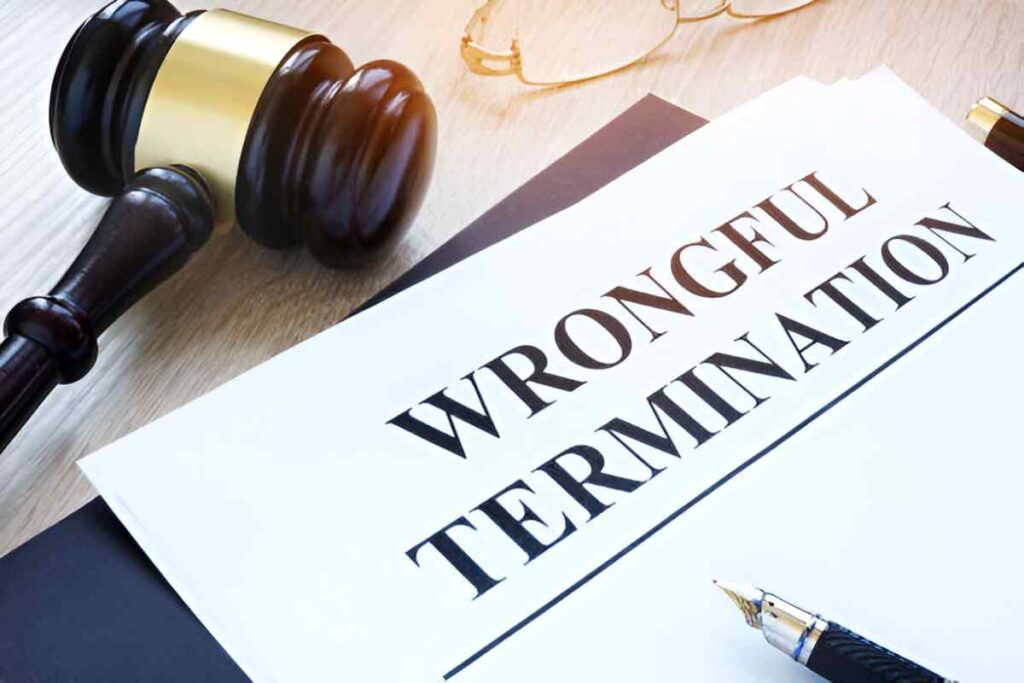In the world of corporate finance and law, understanding a Scheme of Arrangement is crucial for both investors and business owners. A Scheme of Arrangement (SOA) serves as a powerful corporate restructuring tool, providing a structured method for resolving complex financial situations and managing changes in company structures. In this article, I will take you through the ins and outs of a Scheme of Arrangement, breaking it down into simple terms and offering insights into how it works. I will also touch on some practical examples, provide comparisons, and highlight key considerations when engaging in a scheme.
Table of Contents
What is a Scheme of Arrangement?
A Scheme of Arrangement is essentially a court-approved agreement between a company and its stakeholders (including shareholders, creditors, and others) that facilitates restructuring. It’s a formal process where a company can restructure its operations, its financial obligations, or its ownership in a way that benefits both the company and its stakeholders. Typically, this arrangement is used in situations like mergers, acquisitions, debt restructuring, or even in the case of a company attempting to reorganize its assets and liabilities.
Unlike other forms of corporate restructuring, a Scheme of Arrangement is not limited to a company in financial distress. It can be used in a variety of contexts where a corporate change needs to be carefully planned and executed. The scheme is often used as an alternative to bankruptcy proceedings because it allows for a more controlled, negotiated resolution. The scheme is proposed to the court and requires approval from the majority of the affected parties.
The Mechanics of a Scheme of Arrangement
A Scheme of Arrangement involves several stages, starting from the proposal phase and ending with the final approval. The key steps are:
- Initial Proposal: The company, often with the help of legal and financial advisors, proposes a plan to restructure its debts or assets, which is then presented to creditors, shareholders, and other stakeholders. The proposal typically includes details about how the arrangement will work, the terms of repayment or settlement, and how different parties will be affected.
- Approval by Creditors/Shareholders: Once the proposal is made, a meeting is held to gain approval from the relevant stakeholders. The success of the scheme depends on getting approval from a majority, typically defined as a two-thirds majority of those voting in favor of the proposal. This ensures that the arrangement is supported by a sufficient proportion of the affected parties.
- Court Sanction: After the stakeholder vote, the proposal is submitted to the court for approval. The court’s role is to review the fairness and legality of the scheme. If the court is satisfied that the scheme is in the best interest of all parties involved, it will approve the arrangement. This makes the scheme legally binding, even on those who didn’t agree to it.
- Implementation: After court approval, the scheme is implemented. This could involve the transfer of assets, debt repayment, or changes in the company’s ownership structure. The execution of the scheme is monitored to ensure it is carried out as agreed.
Key Benefits of a Scheme of Arrangement
- Flexibility: A Scheme of Arrangement is highly flexible, allowing a company to craft a tailored solution to its specific needs. This flexibility makes it a preferred tool for companies looking to restructure or reorganize in complex situations.
- Legally Binding: Once court-approved, a Scheme of Arrangement is legally binding on all stakeholders, even those who voted against it.
- Debt Relief: For companies facing financial difficulties, a Scheme of Arrangement can provide debt relief, either through reduced payments or extended timelines.
- Prevention of Bankruptcy: Rather than going through bankruptcy, which can have a severe impact on a company’s reputation, a Scheme of Arrangement allows a company to work with creditors and shareholders to avoid a formal insolvency process.
Examples of Schemes of Arrangement in Action
Let’s consider a real-world example to illustrate how a Scheme of Arrangement can be applied.
Example 1: Debt Restructuring
A company, XYZ Corp, is facing financial difficulties and is unable to meet its debt obligations. XYZ owes $100 million to various creditors, but it cannot repay the full amount due to liquidity issues. The company proposes a Scheme of Arrangement, where creditors will accept only $70 million as full repayment, with the remainder of the debt forgiven. The creditors vote on the proposal, and two-thirds of them agree to the terms. The court then approves the scheme, and XYZ can move forward with its operations, avoiding bankruptcy.
Example 2: Mergers and Acquisitions
Company ABC is looking to acquire Company DEF. Rather than using a typical purchase agreement, ABC proposes a Scheme of Arrangement. The scheme details how the shareholders of DEF will receive a mix of cash and shares in ABC as compensation for the takeover. DEF shareholders vote overwhelmingly in favor of the proposal, and the court sanctions the scheme. The acquisition goes ahead, and both companies move forward as one entity.
Scheme of Arrangement vs. Other Restructuring Mechanisms
A Scheme of Arrangement is just one tool in a company’s arsenal when it comes to restructuring. It is often compared to other methods like Chapter 11 bankruptcy, debt-for-equity swaps, or informal creditor negotiations. Below is a comparison table that highlights the key differences:
| Feature | Scheme of Arrangement | Chapter 11 Bankruptcy | Debt-for-Equity Swap |
|---|---|---|---|
| Control | Company retains control | Company may lose control | Company retains control |
| Flexibility | High flexibility in terms | Court supervision required | Limited flexibility |
| Court Involvement | Requires court approval | Court supervision throughout | Minimal court involvement |
| Effect on Creditors | Legally binding on all parties | Creditors may be forced to accept terms | Creditors receive equity instead of debt |
| Impact on Reputation | Less damaging to reputation | Can negatively impact reputation | Neutral impact |
Key Considerations
While a Scheme of Arrangement offers several benefits, it is not without its challenges. Below are a few considerations when using this tool:
- Cost: The process can be expensive. Legal and financial advisors’ fees, court costs, and the administrative burden of carrying out the scheme can add up. Companies need to weigh these costs against the potential benefits.
- Time: A Scheme of Arrangement can take several months to complete, especially when creditors or shareholders dispute the terms.
- Complexity: Crafting a proposal that meets the needs of all stakeholders can be complex. The company must strike a balance between offering relief to creditors while maintaining its operations.
- Unanimous Consent is Not Required: While a two-thirds majority is needed, there can still be holdout creditors who refuse to agree to the terms, complicating the process. This is especially challenging when the company has a large and diverse group of stakeholders.
Mathematical Example of a Scheme of Arrangement: Debt Restructuring
Let’s take a deeper dive into a mathematical example of how debt restructuring can be handled via a Scheme of Arrangement.
Imagine a company owes $1 million to 10 creditors, and each creditor is owed an equal amount of $100,000. The company proposes a Scheme of Arrangement where it offers to pay each creditor only 80% of what is owed, which amounts to $80,000 per creditor. The creditors agree to this proposal, and the company proceeds with the restructuring.
Here’s how the numbers work out:
Total debt owed = $1,000,000
Amount offered to each creditor = $80,000
Total payout = $80,000 * 10 creditors = $800,000
In this scenario, the company manages to reduce its liabilities by $200,000, and the creditors agree to the arrangement because they receive a significant portion of what they are owed, rather than nothing in a bankruptcy proceeding.
Conclusion
The Scheme of Arrangement is a valuable tool for companies seeking to reorganize, merge, or resolve financial distress. By offering a structured, legally binding solution, companies can avoid the negative consequences of bankruptcy while providing creditors with a negotiated settlement. The flexibility, court supervision, and legal certainty of a Scheme of Arrangement make it a key option for corporate restructuring in the US market.





